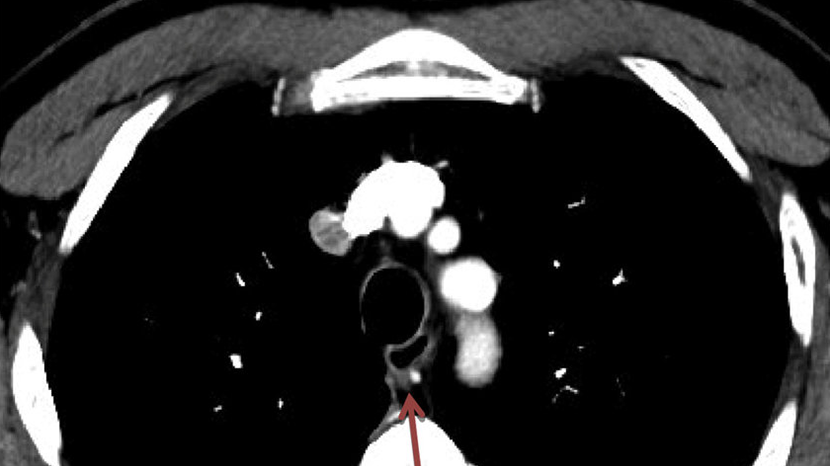
Finding Heart Disease with CT Calcium Scoring
Coronary artery disease (CAD) is the leading cause of death in the United States for both men and women. CAD happens when the arteries that supply blood to the heart become filled with a hard substance called plaque, which can cut off the blood supply. Sometimes there are no symptoms until the individual has chest pain or a heart attack. So what is the best course of action for a person who feels they may be at risk for CAD?
The first thing any patient should do is see their health care provider, who will conduct a thorough medical history including an assessment for risk factors for coronary artery disease. What your doctor will look for is a family history of heart disease and certain lifestyle factors such as whether you smoke, what your diet consists of, and how much you exercise. They may also run some simple tests for high blood pressure, the possibility of diabetes and high blood cholesterol levels.
Patients who have some of these risk factors may benefit from an additional test called CT calcium scoring. Undergoing this procedure can help your doctor decide how aggressive to be with therapies to prevent coronary heart disease.
In the scan below, the right-hand side shows a normal heart with some of the vessels that provide blood to the heart. On the other side you’ll see some bright white areas marked with arrows that show what we’re looking for with this type of scan—calcium deposits in those same vessels.

The scan itself is very quick, easy and painless. There are no injections involved, no IVs or anything to swallow. You just lie on the CT table and pass through the scanner. The entire exam takes about 10 minutes. We have 17 locations in Central Texas so one is very likely close to you. Plus the exam is very reasonable—just $125. You will need a referral from your doctor to get the exam.
So if you feel that you may be at risk for coronary artery disease, talk to your doctor at your next appointment and see if CT calcium scoring is the right exam for you.
 Back to Top
Back to Top